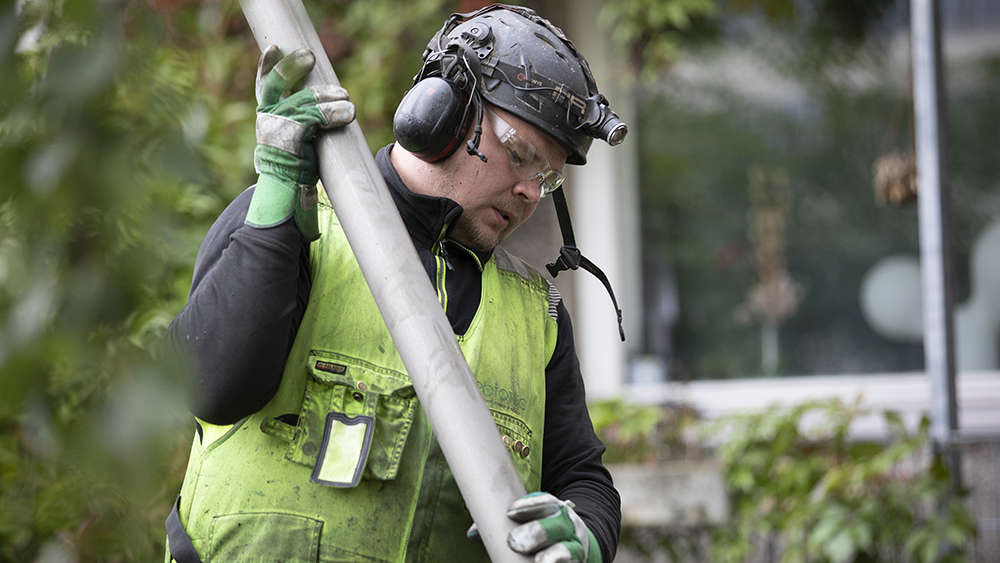Heating market

Electricity and heat production must be nearly emissions-free in Finland by the end of the 2030s while also taking into account the perspectives of security of supply and servicing.
In accordance with the Act approved in 2019, coal-fired power and heating generation will be banned as of 1 May 2029. Emissions from energy production have already decreased significantly, the emissions from district heat production, for example, have almost halved over the past ten years.
As regards heating, the Ministry of Economic Affairs and Employment aims to promote the introduction of new district heating production and storage methods that are not based on combustion as well as the integration of energy systems. In 2024, 74% of district heating production was carbon-neutral (renewable energy, i.e., wood or other biofuels, heat recovery, and energy produced with electric boilers).
Carbon neutral heating plays a key role in reducing greenhouse gas emissions. District heating and cooling will be essential in future energy systems too. Geothermal heat and other renewable energy combined with energy production solutions based on heat pump technology complement emissions-free heat sources and are well suited to the district heating network.
District heating has long been the most common heating method in Finland. However, competition in the heating market has increased in recent years, due to technological development of different forms of heat production, smaller range of fuels and a sharp rise in the price of emission allowances. Customers’ growing interest in carbon-neutral production and the predictability of costs have also contributed to stronger competition.
Finland’s district heating systems are closed. The flexibility potential of district heating systems and the integration of energy systems could be utilised more effectively in future. In recent years, energy companies in Finland have sought competitive heat production and supply methods and developed different business models, such as two-way and open district heating through bilateral agreements. In addition, studies on low-temperature networks and lowering the temperature of the district heating network have been conducted.
Possibilities for more efficient heating systems
The ways to improve the efficiency of heating systems has been extensively studied in recent years. Decreasing the temperature of the district heating network and storing heat have been recognised as the best ways to increase the efficiency of district heating systems. Lower temperature enables better utilisation of waste heat.
District heating storages can be used to reduce the need for peak-load boilers, which in turn can lessen the need for fossil fuels. In addition, electricity-based heating technologies can act as a source of flexibility for the electricity system, which is increasingly important for the system.
As concerns the development of new carbon neutral areas, it would be beneficial to implement solutions based on several heating methods, which would allow the use of different heating systems with as low emissions as possible with the help of automation. Through district heating, electricity and heating sector integration can be implemented on a large scale and cost-efficiently.
More information: paivi.laitila(at)gov.fi and pia.kotro(at)gov.fi
